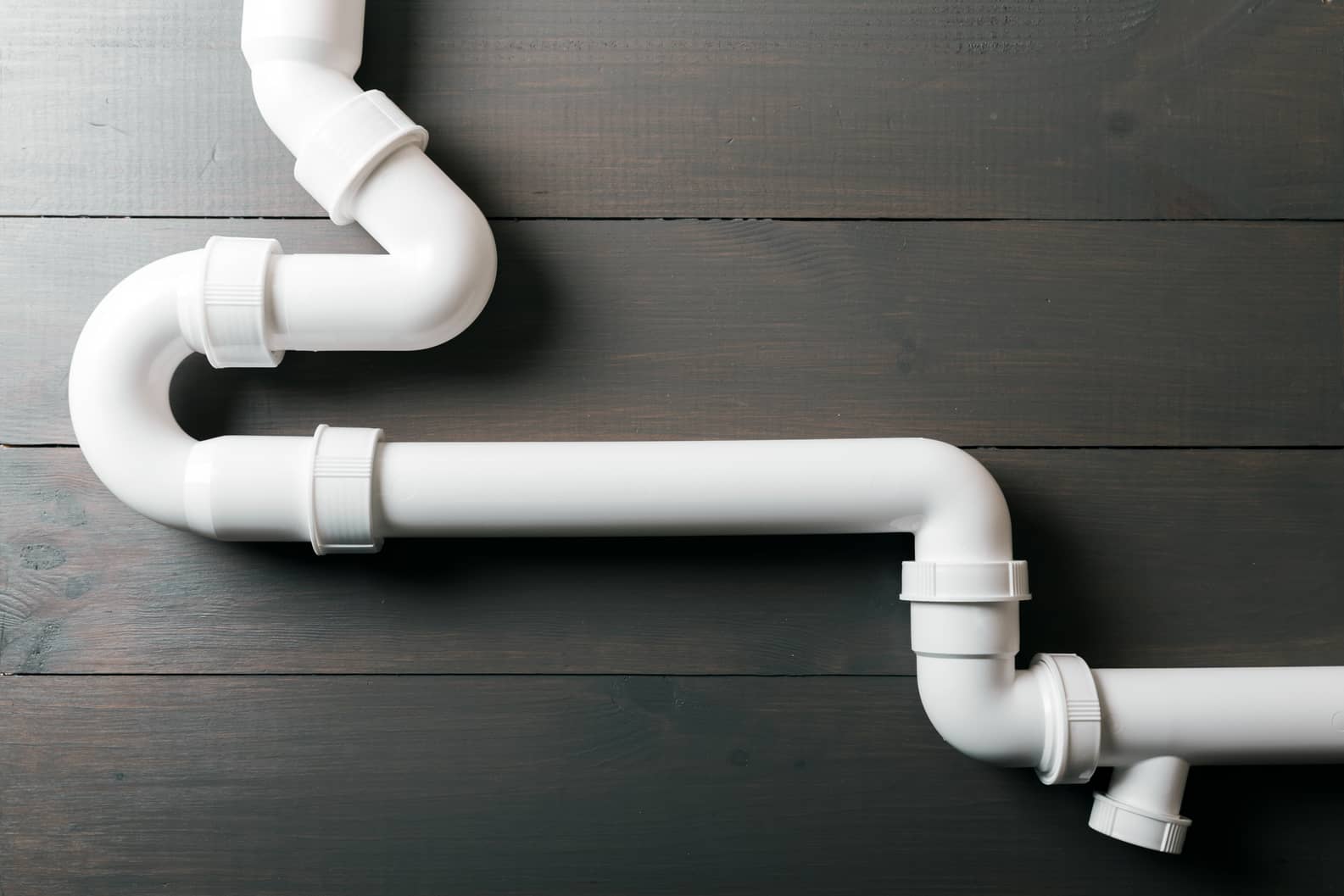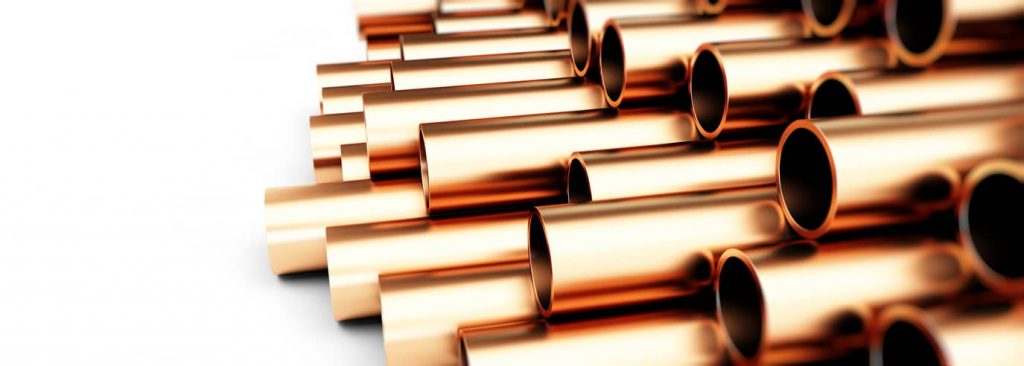
Believe it or not, plumbing pipes vary based on the area of the plumbing system that will be used. For example, there are two main plumbing systems in a residential and commercial building. The water distribution system and the drain, waste, and vent system require different types of piping. How to choose the right plumbing pipe? Pipe choices vary based on temperature, location, how durable it is, and how cheap the material is.
Let’s take a look at the choices of pipe available to builders and homeowners.

What Are My Choices
Luckily for builders and homeowners, there are a variety of types of plumbing pipes to choose from to find the right one. Pipe materials vary in size, shape, strength, and price. Selecting the correct pipe is vital to a successful home build.
Copper Piping
Copper piping is resistant to leaks, durable, will not pollute the water, last longer, heat tolerant. However, it costs a lot to use is not as environmentally friendly as other options.
It is one of the more popular choices for supply lines.
Pex Piping
Pex piping is flexible, freeze-resistant, heat-resistant, and durable. Cannot be used outdoors, a special crimper tool is needed, and cannot be connected directly to a water heater.
This type is a popular choice right now due to its low cost and easy installation.
Brass Piping
This is highly resistant to corrosion, heat resistant, soft seals which allows for tight seals and long service life. The biggest issue is that it could contain lead, which is bad for human consumption.
Cast Iron Piping
Cast iron piping is typically made as a bell and spigot type and is the heaviest of all pipes. Extra supports are needed during installation. Most often used in water distribution systems and underground installations, such as the main pipes on drainage and sewer systems.
It is no longer used as it corrodes from the inside, out over time.
PVC pipes (polyvinyl chloride)
PVC pipe is the most commonly used plastic pipe. Schedule 40 (thin walls, costs less) or 80 (thicker walls, costs more). Used in most plumping due to its relatively inexpensive costs and ability to withstand high pressures. Not recyclable, not good for drinking water, and hot water will degrade the pipe. UV rays also degrade this pipe.
Stainless Steel Piping
This is very expensive to use. Mostly used in coastal areas where corrosion is high. Corrosion-resistant, pipes can be rigid or made flexible and come in various lengths and sizes.
Galvanized Piping
Galvanized piping has too many negative effects and is not used at all anymore. The pipes corrode, show signs of early rusting, can get clogged over time, are heavy pipes, and have limited uses. Most often used in non-potable water drains.
How Much Do They Cost
Having to repipe a home is not an ideal situation. However, it does occur in some cases. You never can predict how a home will shift or settle after it is built. In addition, this movement can cause various pipe damage. The initial cost to repipe a home ranges from $3,900 to $7,500. This can increase depending on the size of the home and the type of pipe being installed.
Other Recommended Maintenance
The type of pipes for your home is important. At the same time, it is important to know if you need a french drain in your basement. You will need one if there is an issue with groundwater in the basement and mold growing. However, it is very expensive after the house is built so reach out to a home inspection company to check the basement for you.

Another area to take a look at is your hot water. Are you having a hard time making the hot water last in the house? It could be the thermostat, the water heater is old, there is sediment, or appliances running at the same time.
Lastly, if you have a well, you may have air in the pipes. This can happen because of valves, water levels, or the hot water heater. One way to fix this is turning off the water supply, opening the faucets, and letting the water run. Then, open the water supply and let the water flow. This will flush the system.
When Do I Call A Professional
Anytime you are dealing with new plumbing projects or renovating old plumbing, you will want to reach out to a master plumber. It is also important to ensure that whoever your builder is, they optimize your plumbing layout and choose the right plumbing pipe. Also, this allows for less piping to be used and less likely a plumbing concern down the road.
Using a professionally licensed plumbing contractor allows you to get the job done correctly. It’s also a good idea to call your local home inspection team to get a thorough home inspection, which includes your plumbing needs.
Conclusion
Understanding which pipes are used for which plumbing projects is important for you to know. Also, you wouldn’t want to accidentally install the wrong pipe for your wastewater, drinking water, or cleaning water. Keep in mind that plumbing pipe choices for a commercial building might be different than a residential building.
Consider contacting your local home inspection team for the best plumbing pipe explanations. Call on Boggs Inspection Services to get a home inspection of your plumbing set up, completed in the Lacey, WA, and surrounding areas.



